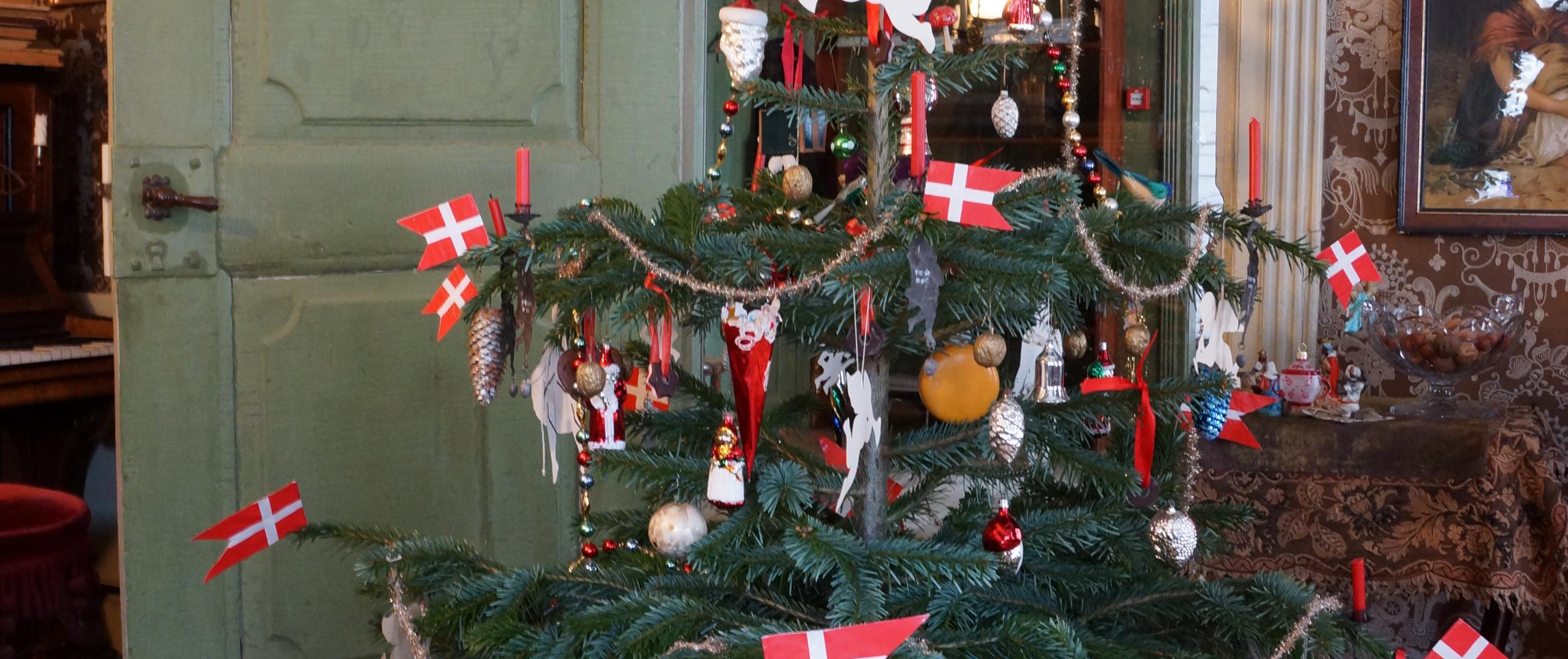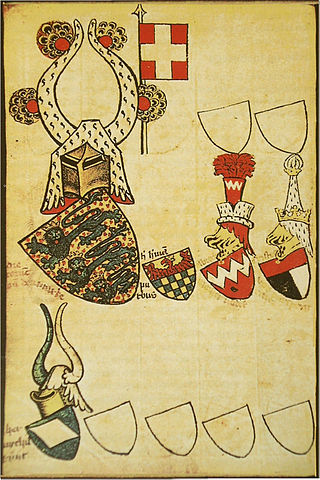Dannebrog – the reinterpreted ensign
Most of us recognise Dannebrog as the ensign for all the Danes and the meaning of the name is something such as "the flag of all the Danes". Both of these, however, are a kind of a subsequent rationalisation.

For many Danes Dannebrog is a natural part of the decorations that are hung on the Christmas tree in December. The red and white of the ensign go well together as Christmas decorations but there is also some sneaking national sentiment involved. A well-known legend claims that Dannebrog fell down from heaven during a battle at Tallinn in 1219 and there are many who probably think that the name itself reveals that it is "the ensign of the Danes". It is not as simple as that, however.
Since some time in the Middle Ages the red flag with the white cross has been in use first as the flag of the German crusaders and later as the flag of the Danish kings. With increasing national sentiment more humble Danes began to accept the flag. It passed from being the king's flag and the flag of the State to being the flag of the people.
During the Three Years War 1848-50 the flag also began to be seen on Christmas trees, and in 1854 there was a prohibition against its use by private individuals, a prohibition that had been introduced in 1833 as one of a long number of rules and ordinances that in the course of time had regulated the use of the flag. The voting in 1920 about whether South Jutland should be Danish or German and the occupation by Germany in 1940-45 strengthened the tradition with Dannebrog as an ornamental object and "the flag of the Danes".
"A red flag"

As mentioned above, most people will probably consider the meaning of Dannebrog to be "Flag of the Danes" but if you look up in Den Danske Ordbog, the meaning is given as "first element probably a Frisian word dan 'red-coloured', second element the substantive brog 'piece of material' ". This is probably a belief that was first presented in Falk and Torp's Etymological Dictionary of the Norwegian and Danish language from 1903-06, and which is referred to by Viggo Brøndal in his article "Danernes navn" in the journal Danske Studier 1920.
The earliest record of Dannebrog is not found in a Danish source but in a Dutch armorial from the 14th century, L'Armorial Bellenville, where the earliest entries would seem to be from 1330-1340. Here there is an illustration of the Danish king's royal arms: a shield bearing a white cross with the four squares around the cross being red and by this shield is written Denenbroec.
The second time we meet the name in written sources is in a Swedish diploma from 1439, where it is written as Danabroka and it is first in the ballad about the wedding of King Hans from 1478 that it is known from a Danish source but only in a variant of the ballad that is found in a transcript by Anders Sørensen Vedel from 1591, where it is written as Dannebroge. We also meet the name in the 1520s in Christiern Pedersen's Danske Kronike, where it is written Danæbrogæ and Danebroggi.
Reinterpretation of the origin
In the above-mentioned article about "Danernes Navn" Viggo Brøndal also points to other words with the same reinterpretation to 'Danes', namely danefæ and dannemand neither of which is formed with this element as the first element. The word danefæ meant originally 'the property of the dead one' and dannemand meant 'man of honour, gentleman'.
It is a well-known phenomenon in the language that words which resemble each other get mixed up together and this often occurs in names, where one or more of the elements in the name get reinterpreted in the course of time. This is sometimes referred to as 'popular or folk etymology' with a rather imprecise term. We can see it for example when the old name for the river Mølleåen *Lughn 'peace and quiet' is misinterpreted as lund 'grove' in the settlement name Lundtofte, or when the growth of oak-trees, ege in Danish, which is referred to in the place-name Egernsund is reinterpreted as an egern 'squirrel', or when a beacon (known here by the term bavnehøj) is reinterpreted as Barnehøj 'child hill' now that the function of the bavn 'signal-fire' has dropped out of use.
There is nevertheless a widespread interpretation among people in general of the name Dannebrog. Strangely enough it is not commented on in Den Danske Ordbog. In the slightly older Ordbog over den danske Sprog, however, one can find the laconic comment: "Earlier considered to be 'the ensign of the Danes'. And whatever name for it was formed about 700 years ago, it can hardly be said to be a misleading interpretation that today Dannebrog is the flag of the Danes!
Birgit Eggert
Contact
Birgit Eggert is associate professor at the Name Research Archive, Department of Nordic Studies and Linguistics
beggert@hum.ku.dk
Phone: +45 3532 8563
More on Dannebrog
You can readmore on Dannebrog in Den Store Danske (in Danish)at lex.dk.
L'armorial Bellenville, where the name appears for the first time, has been made available online, and the page with Denenbroce is located here.
